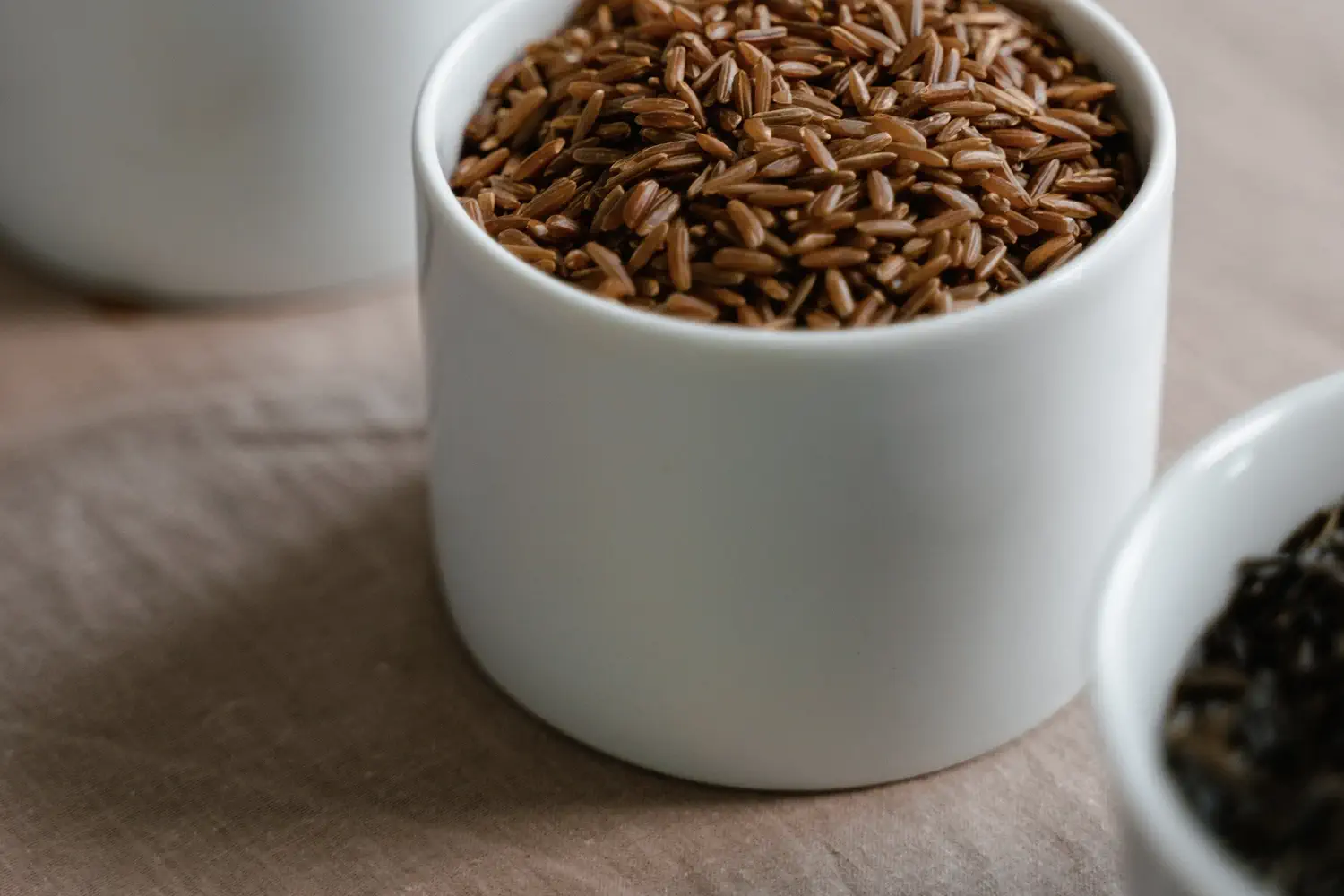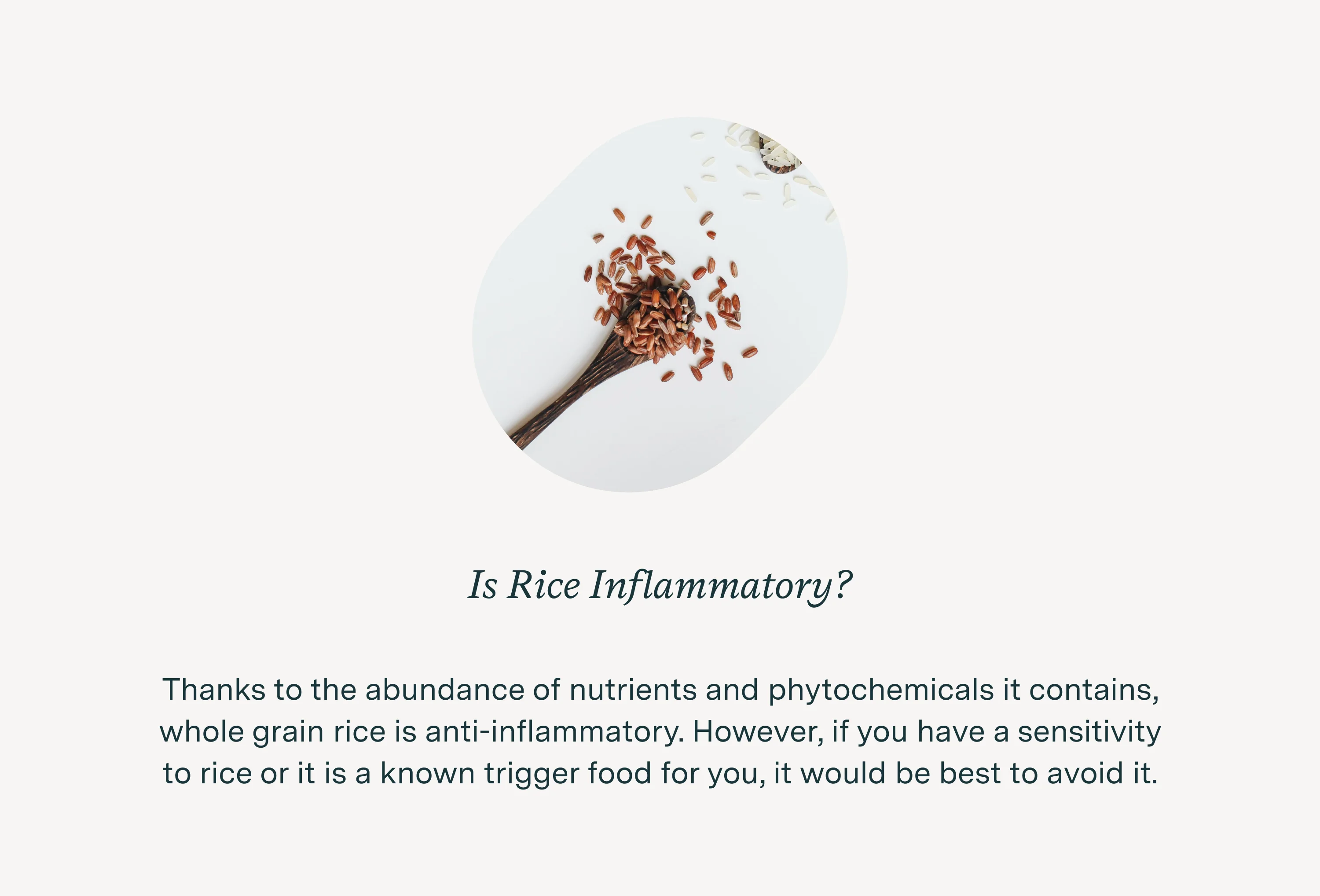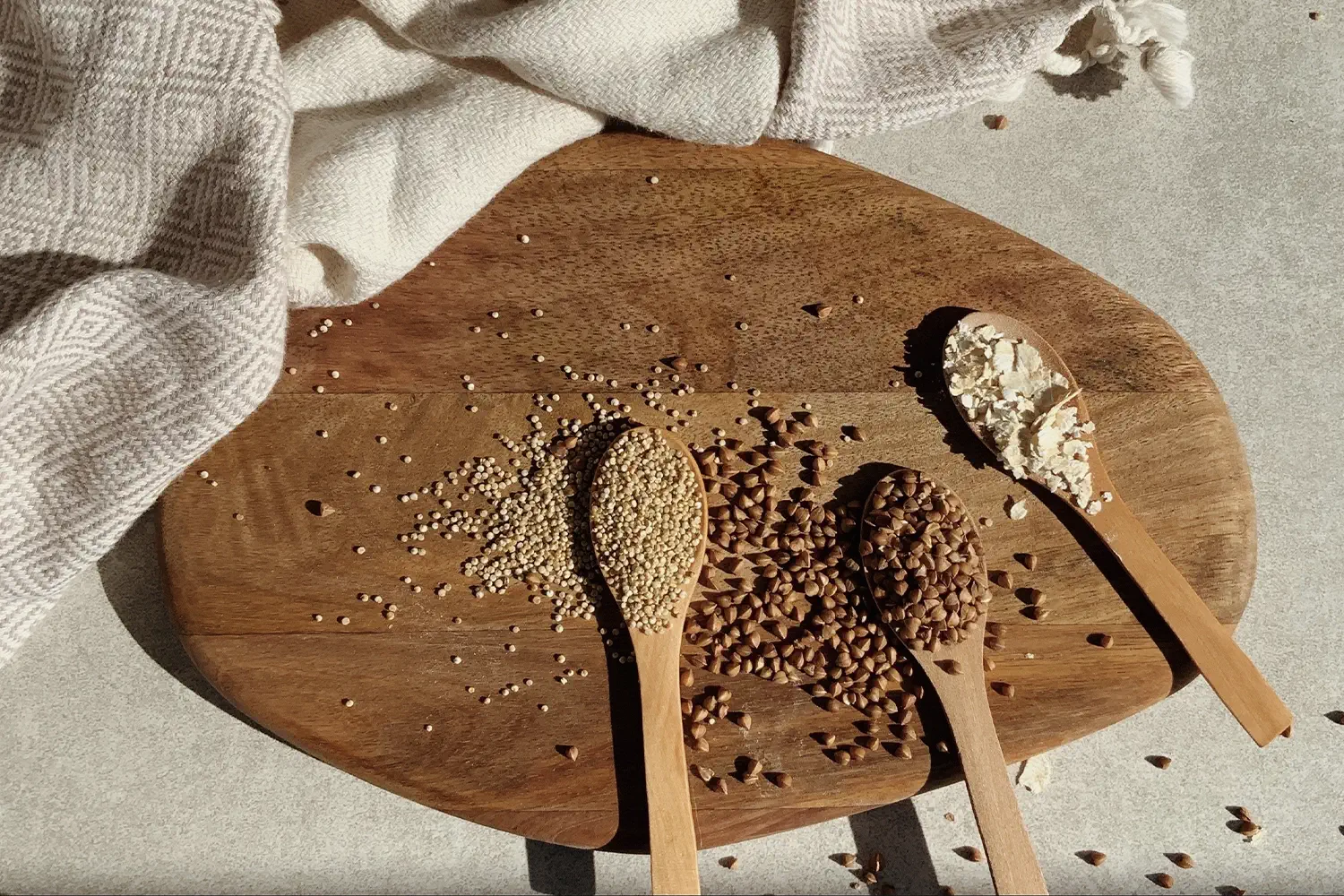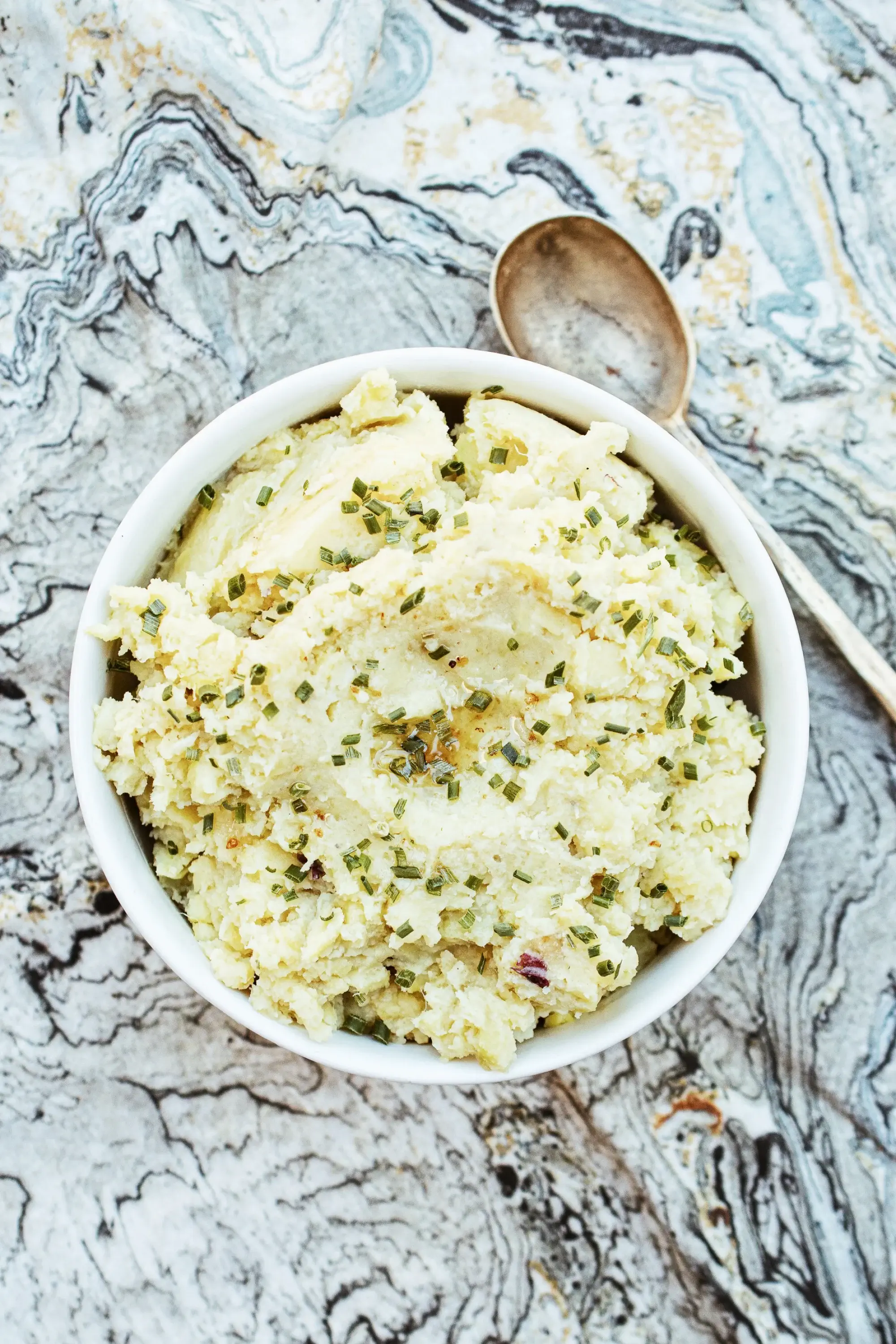Because many autoimmune diseases are inflammatory in nature, eating an anti-inflammatory diet is incredibly important for symptom management. Overhauling your plate to include nutrient-dense, anti-inflammatory foods and eliminating inflammatory culprits — like seed oils, processed and fast food, excessive sugar, and refined carbs — can go a long way toward improving health.
If you’re just starting out on your anti-inflammatory diet journey, you may be wondering what you should and shouldn’t eat, and you’ve likely landed here after wondering, “Is rice inflammatory?” We’ve got the answer — and it may surprise you!
Read on to learn everything you’ve ever wanted to know about rice, including its health benefits, inflammatory status, and fun facts you never knew you were missing out on (it’s interesting stuff, we promise!).

A Quick Lesson on Rice
Before we can answer the question of whether rice is inflammatory, let’s first take a quick detour to learn more about this often misunderstood grain and its composition.
Every kernel of rice has four parts: the hull (the inedible outer shell of the rice kernel that’s always removed before it’s sold) and the edible bran, germ, and endosperm. All whole grains share these three edible components. In its natural, whole grain form, rice is always a color — usually shades of brown, black, purple, or red. White rice is the result of refining and polishing the whole grain rice kernel to remove the bran and germ components, leaving only the white endosperm behind. People often talk about “brown” and “white” rice as if they’re different varieties of rice, but really they’re just different forms of the same thing! White rice has simply gone through the milling process to become a refined grain.
There are thousands of different types of rice in the Oryza sativa species (that’s rice’s scientific name). Different varieties have different flavor profiles, textures, sizes, and aromas. Basmati, jasmine, and arborio (used for risotto) are just a few examples of varieties popular in the United States. (Source)
Fun fact: “Wild rice” isn’t technically rice, scientifically speaking — it’s a nutrient-dense grass that grows in marshes and around streams and lakes! More on that below. (Source)
Nutrients Found in Rice
Whole grain, unrefined rice is rich in protein, carbohydrates, and vitamins and minerals such as B vitamins, selenium, fiber, magnesium, and phosphorus, to name just a few. Perhaps even more importantly, it’s also packed full of phytochemicals — or phytonutrients — which are biologically active compounds found in plants that have antioxidant effects on the body. Researchers believe this could be an important reason why people in countries that eat diets rich in rice (like Asia, for example) tend to have lower rates of chronic diseases that are so common in the West. (Source, Source)
Unfortunately for white rice lovers, however, these nutrients are mainly found in the bran and germ segments of a rice kernel — which means refined white rice doesn’t offer the same health benefits as its whole grain counterparts. If you’ve heard that brown rice is better for you than white rice, now you know why!
Side note: Even though wild rice isn’t technically in the rice family, we’d be remiss not to give it a shout-out for its nutritional benefits. Unlike Oryza sativa, wild rice is a complete protein, meaning it contains all nine essential amino acids. It’s also loaded with those beneficial phytonutrients we were just talking about, which, as you’ll learn in the next section, helps ward off chronic disease and inflammation. (Source)

So, Is Rice Inflammatory?
Thanks to the nutrients and phytochemicals they contain, whole grains — including whole grain rice, like brown rice — are anti-inflammatory, unless you have a sensitivity to them. If you suffer from an autoimmune disease (AD), it’s important to work with a care team who specializes in nutrition for AD, to help you identify individual food triggers and sensitivities that could be fueling your disease.
Assuming that you test them through an elimination diet and find they don’t trigger symptoms for you, here are two excellent reasons to add whole grains to your diet.

.svg)
.png)










.webp)





.png)

 (1).webp)








 (1).jpeg)

.webp)
.webp)

.webp)

 (2).webp)

%201 (1).webp)

 2 (1).webp)




.svg)
.svg)